No fighting on the day before Shavuot!
Two cousins argue about the meaning of the holiday until they both end up dreaming about each other's perspective
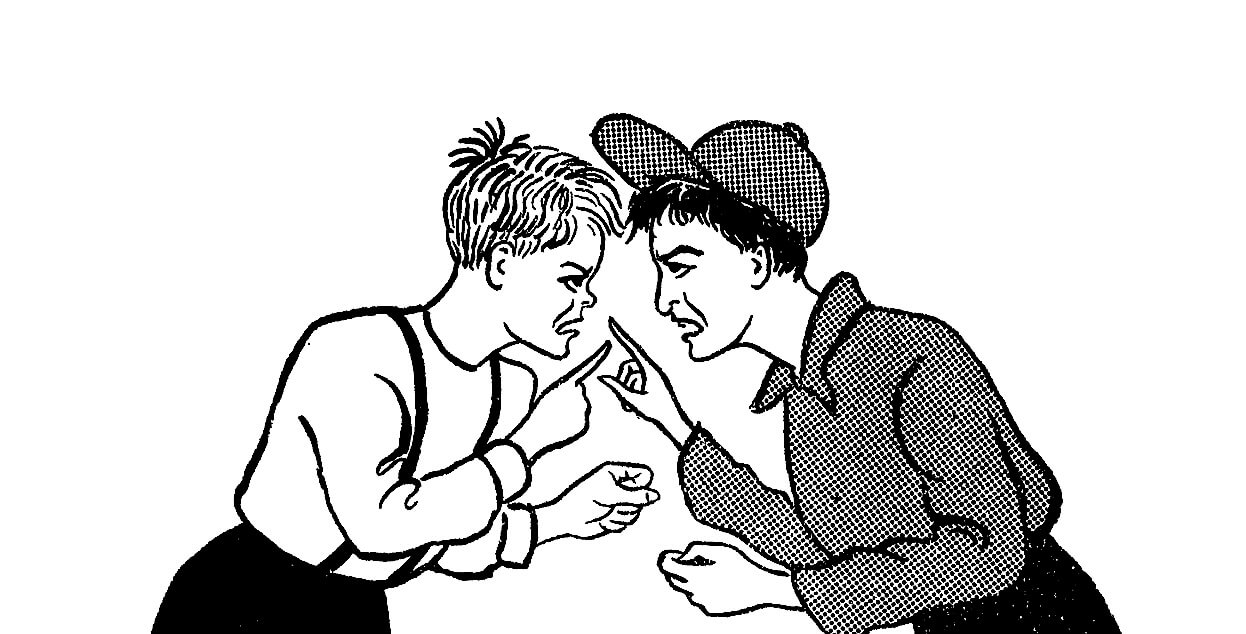
Two cousins argue about the meaning of the holiday until they both end up dreaming about each other's perspective
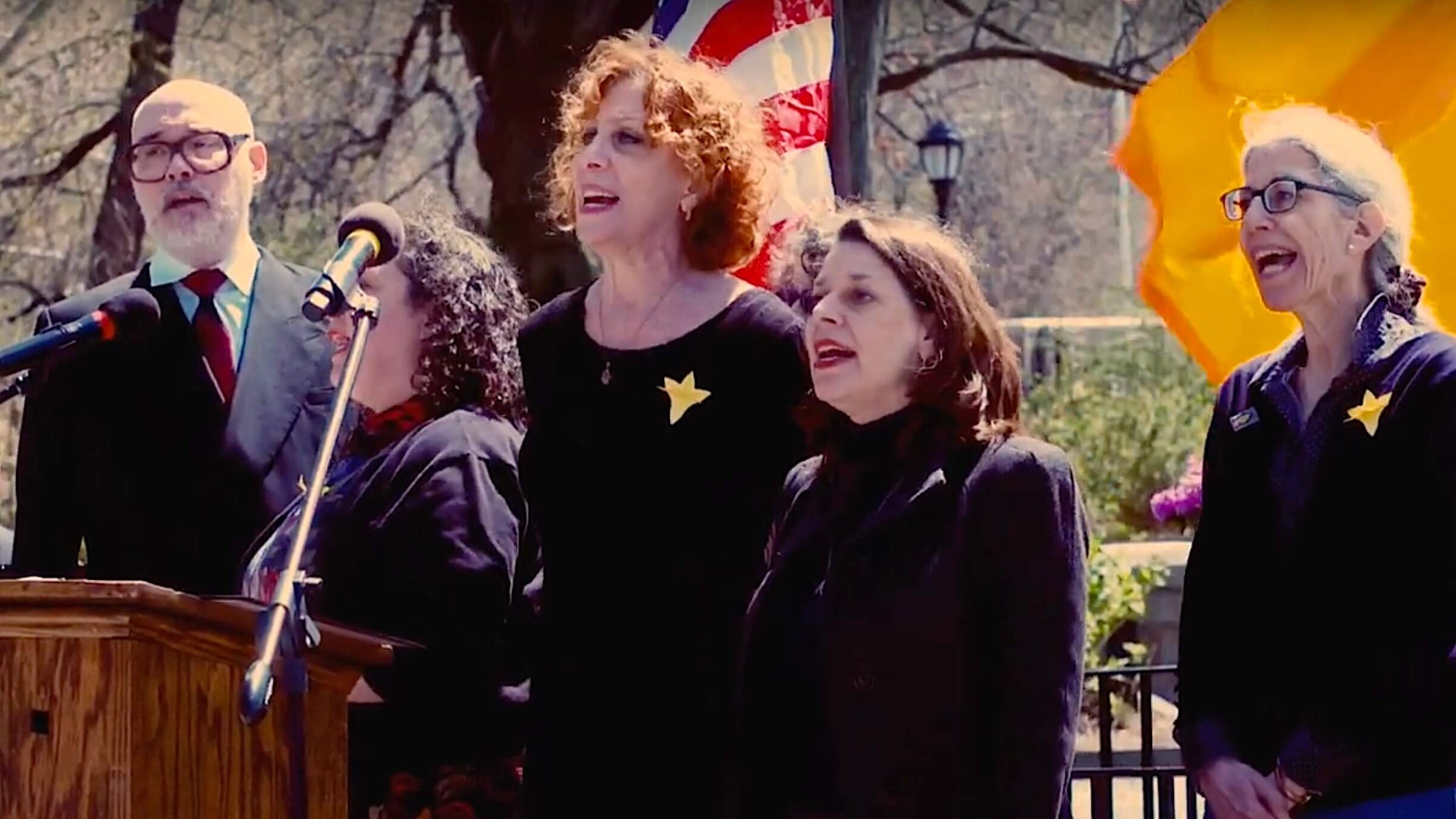
Speakers at the event described in gripping detail the heroic acts by women, including young girls, in the resistance
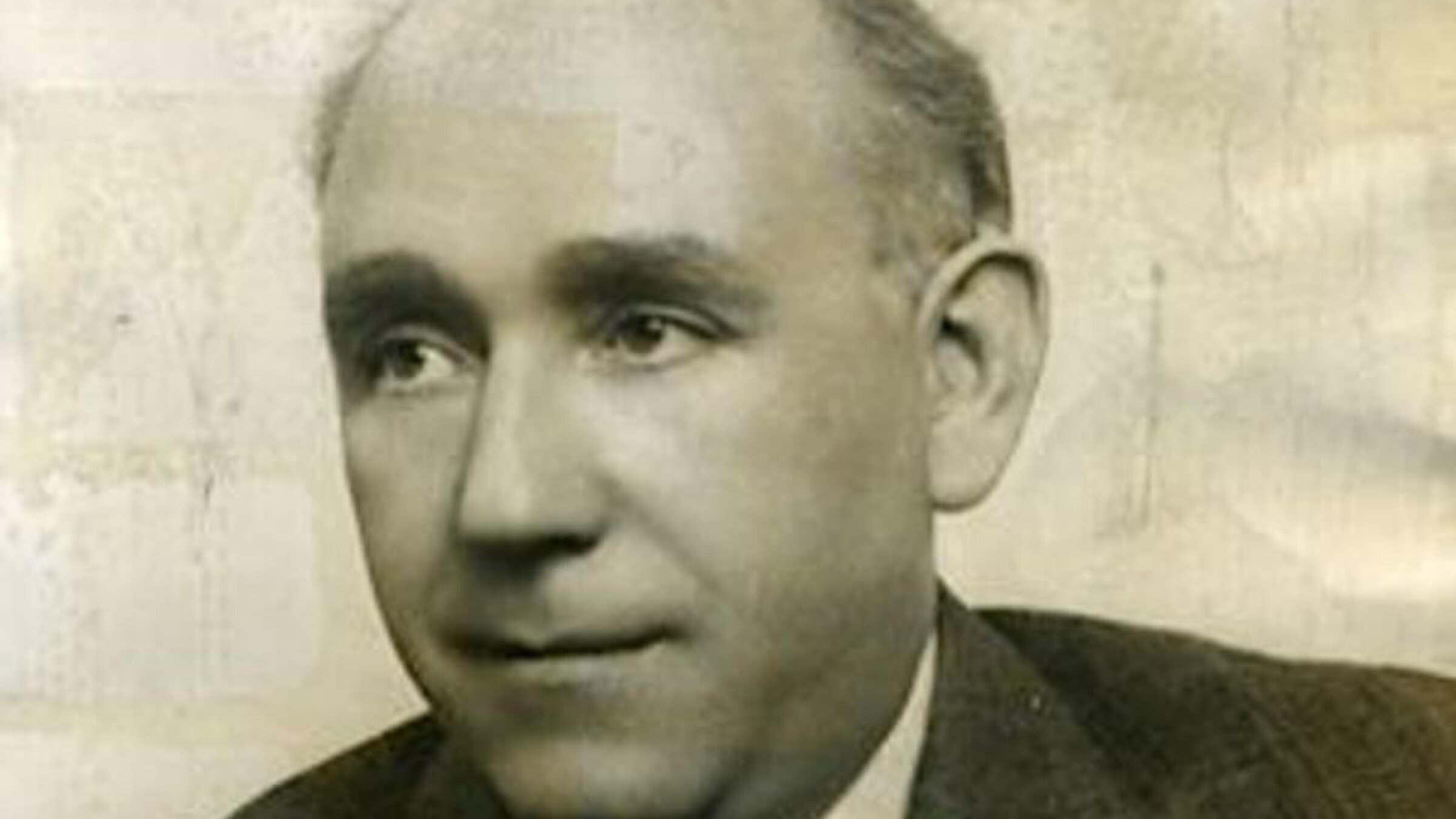
The new English translation is drawing praise but surprisingly, the original Yiddish version was never released in book form

Chaim Grade's unfinished epic 'Sons and Daughters' solidifies its author's position in the Yiddish pantheon
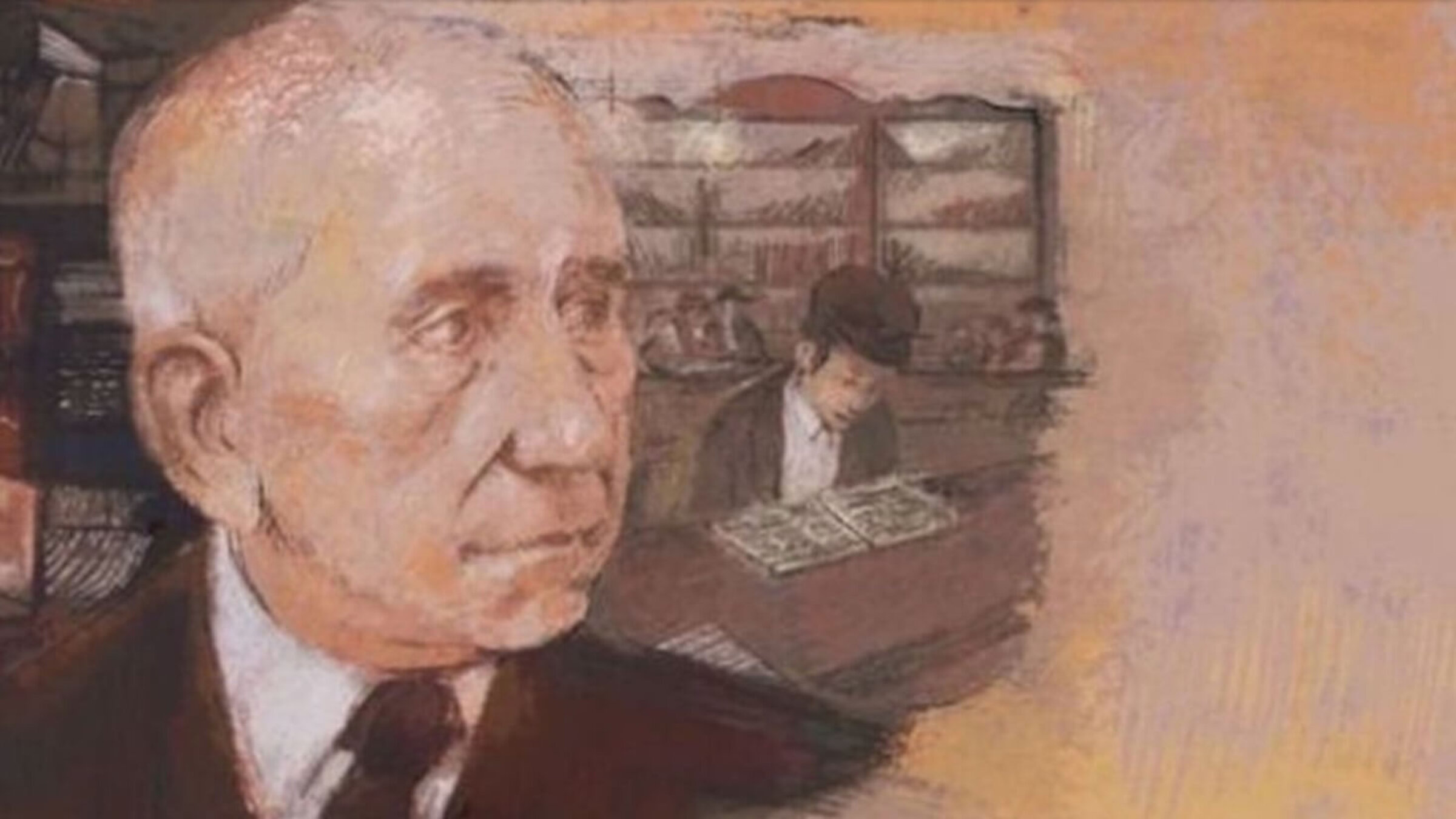
The book can be seen as a Holocaust memorial, as its events seem to foreshadow the upcoming annihilation of Polish Jewry
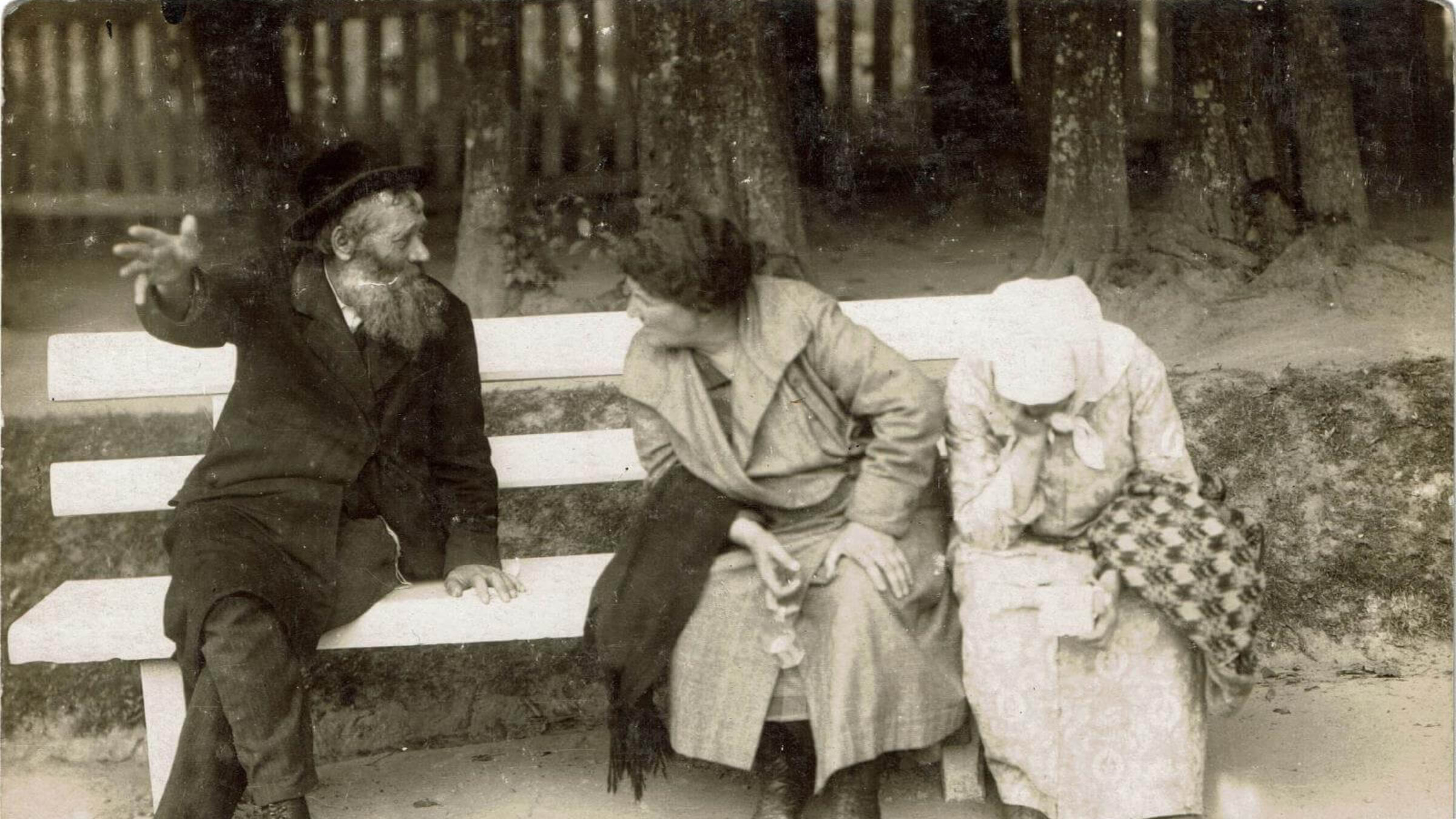
Papers are being sought on aspects of shtetl life, religious and intellectual thought and Yiddish language and culture
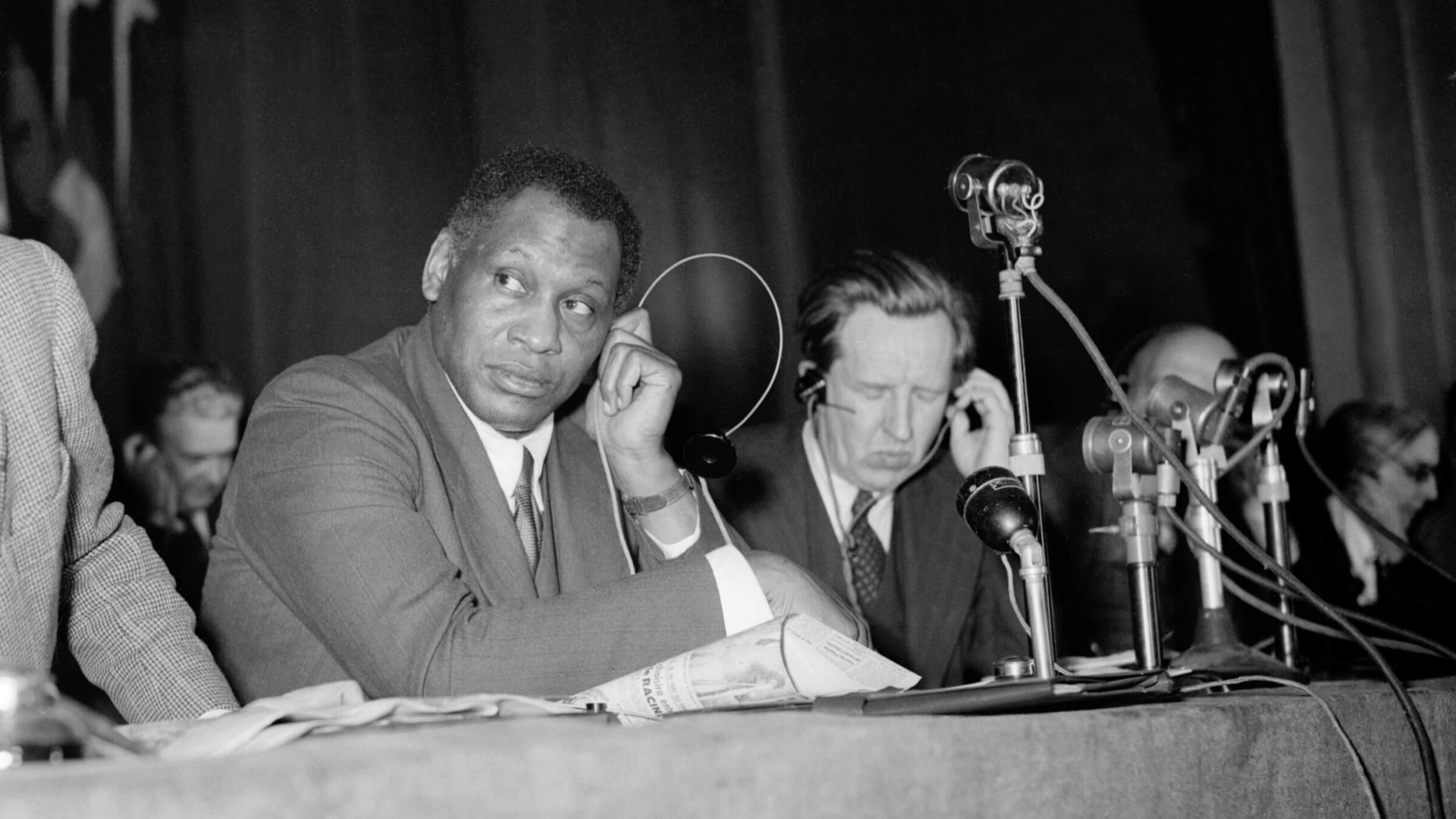
When Soviet government leaders invited the singer to give a concert, he did something they didn't expect.

The inspiration for the event at Neve Schechter was a poem by poet Celia Dropkin about New York's urban experience
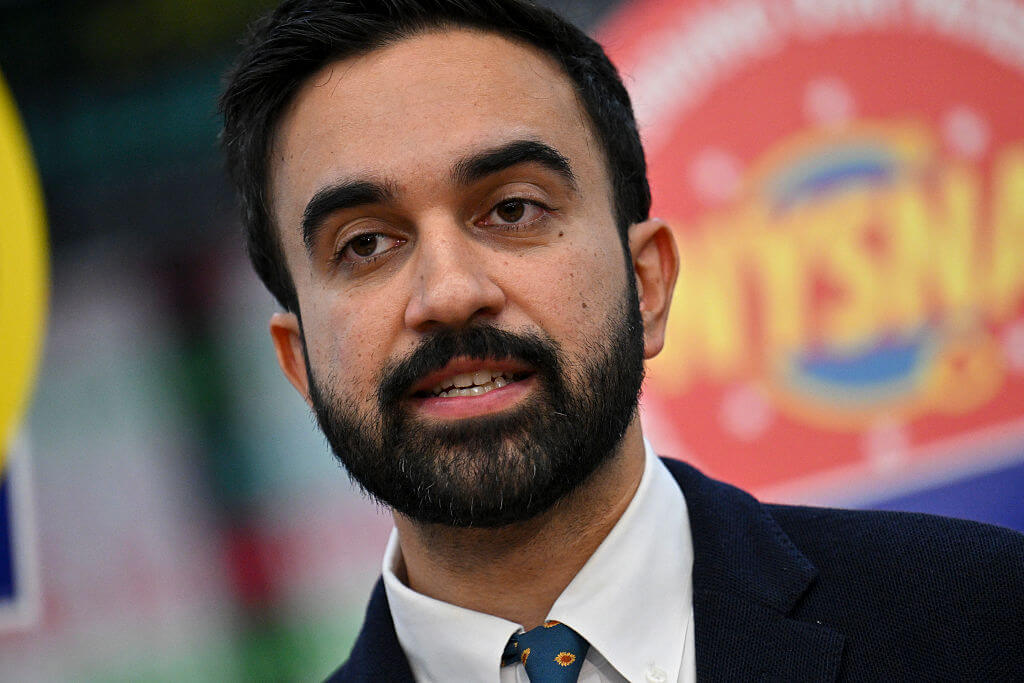


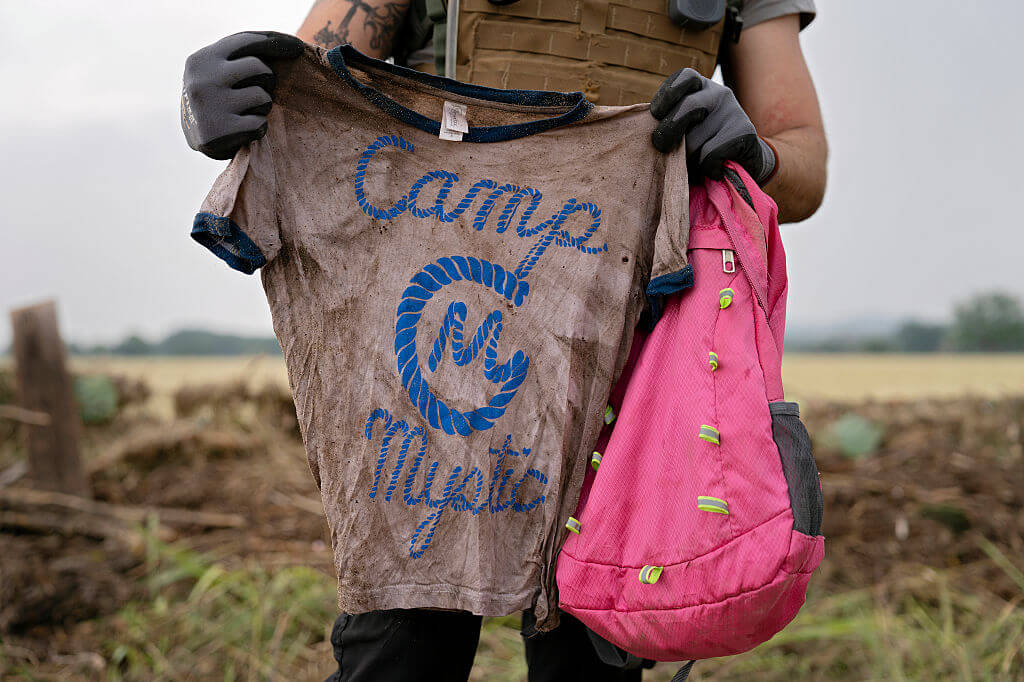
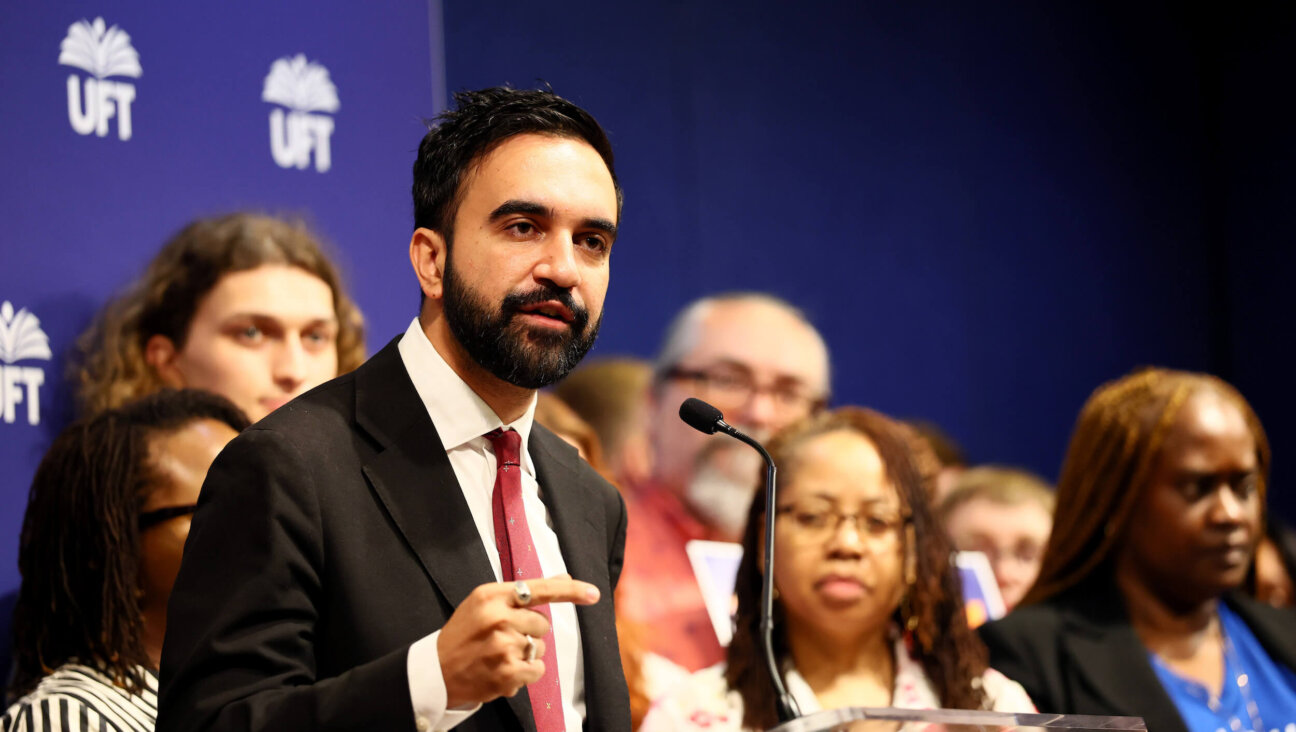
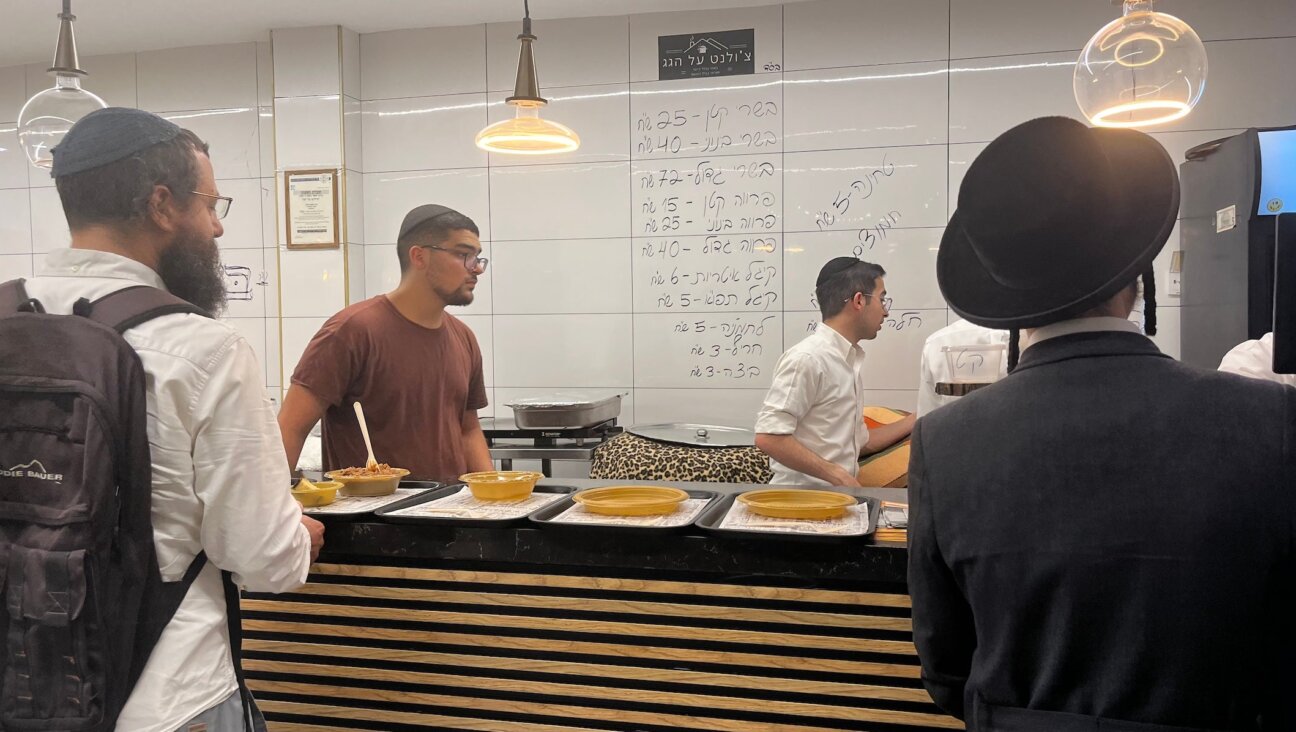
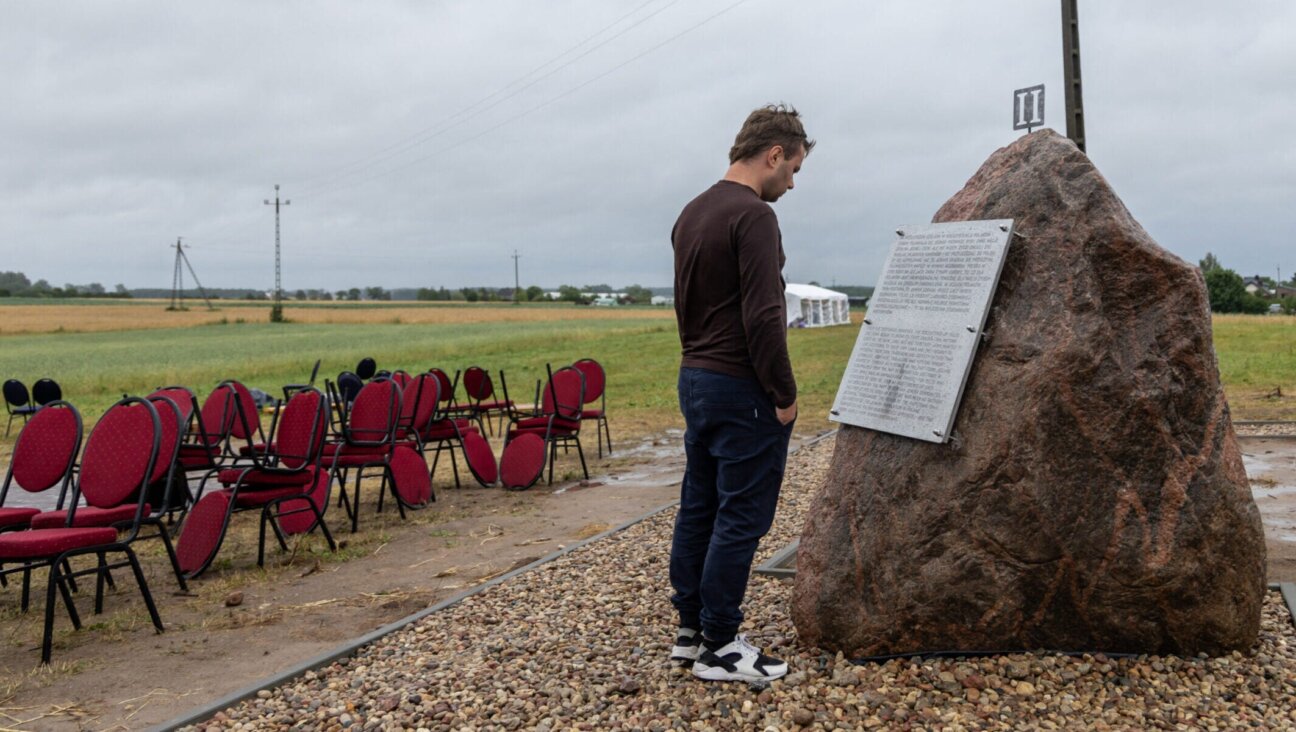

100% of profits support our journalism